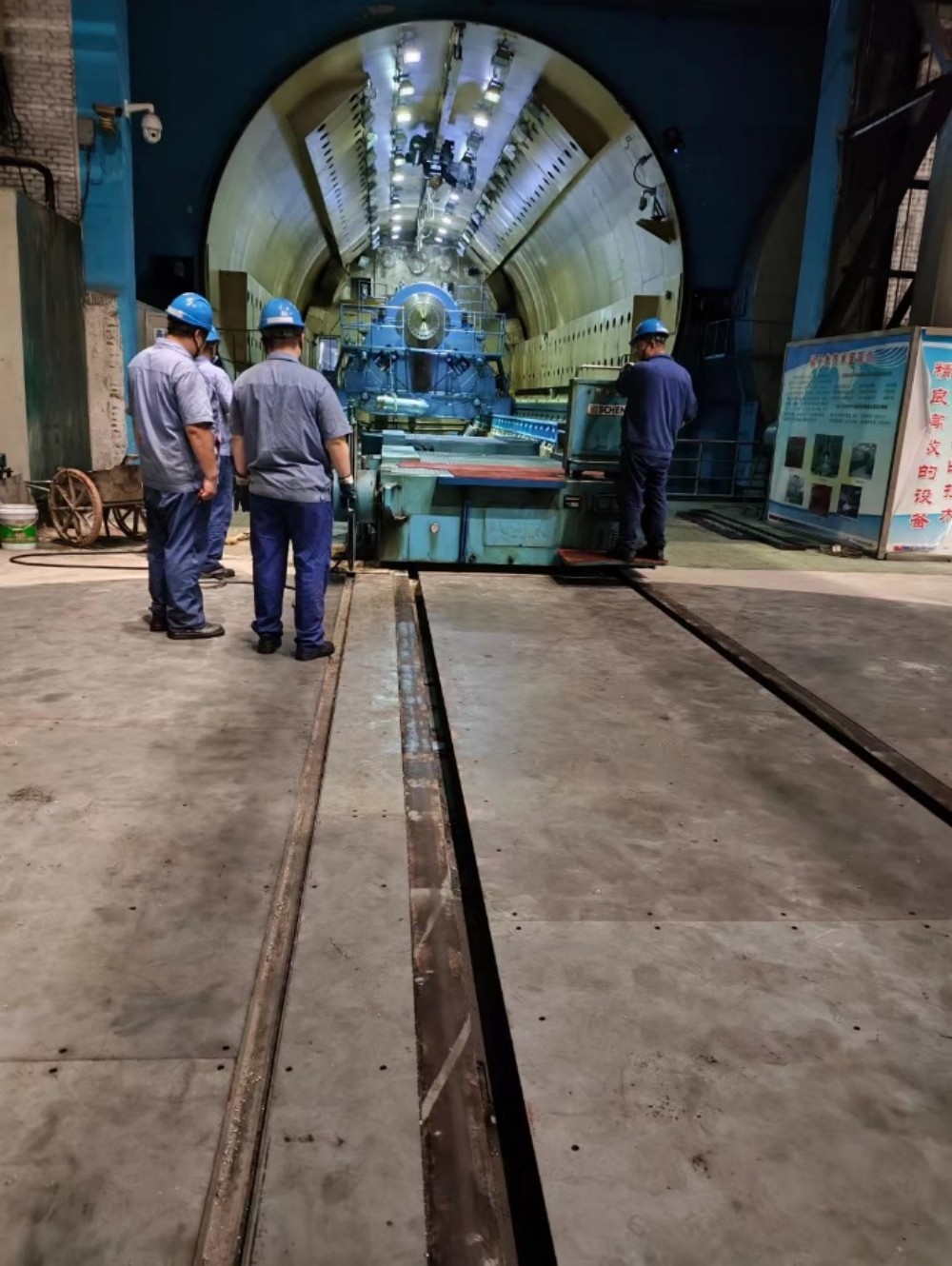Chemicals are an essential part of many industries, from manufacturing to healthcare. However, they can also pose a significant risk to workers and the environment if not handled properly. In this blog post, we will discuss the best practices for keeping chemicals safe in the workplace.
- Proper Storage
One of the most critical aspects of chemical safety is proper storage. Chemicals should be stored in a cool, dry, and well-ventilated area away from direct sunlight. They should also be stored in a secure location, such as a locked cabinet or room, to prevent unauthorized access.
- Labeling
All chemicals should be properly labeled with the name of the substance, hazard warnings, and handling instructions. Labels should be clear and easy to read, and they should be updated regularly to reflect any changes in the chemical's composition or handling requirements.
- Personal Protective Equipment (PPE)
Workers who handle chemicals should be provided with appropriate personal protective equipment (PPE), such as gloves, goggles, and respirators. PPE should be selected based on the specific hazards associated with the chemical being used.
- Training
All workers who handle chemicals should receive comprehensive training on the proper handling, storage, and disposal of chemicals. Training should be provided on a regular basis, and workers should be tested to ensure they understand the information presented.
- Emergency Preparedness
In the event of a chemical spill or other emergency, workers should be prepared to respond quickly and effectively. Emergency response plans should be developed and communicated to all workers, and regular drills should be conducted to ensure everyone knows what to do in an emergency.
In conclusion, chemical safety is a critical aspect of workplace safety. By following these best practices, you can help ensure that your workplace remains safe and free from chemical hazards. Remember to always store chemicals properly, label them clearly, provide appropriate PPE, train workers, and prepare for emergencies.







